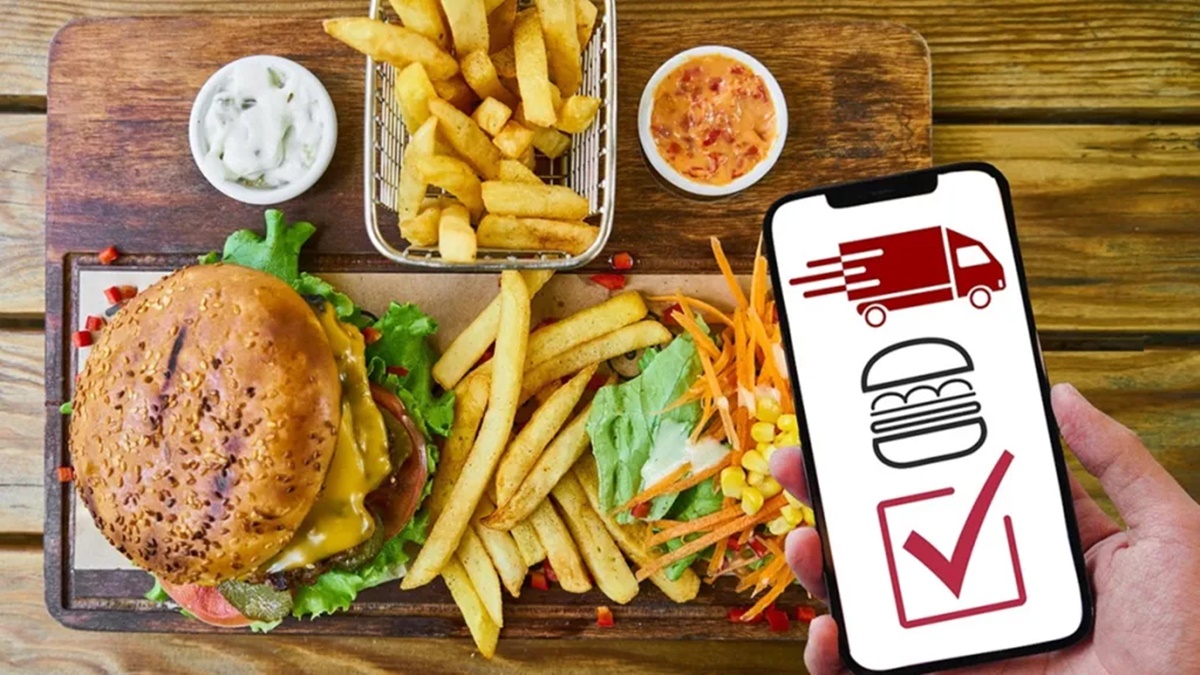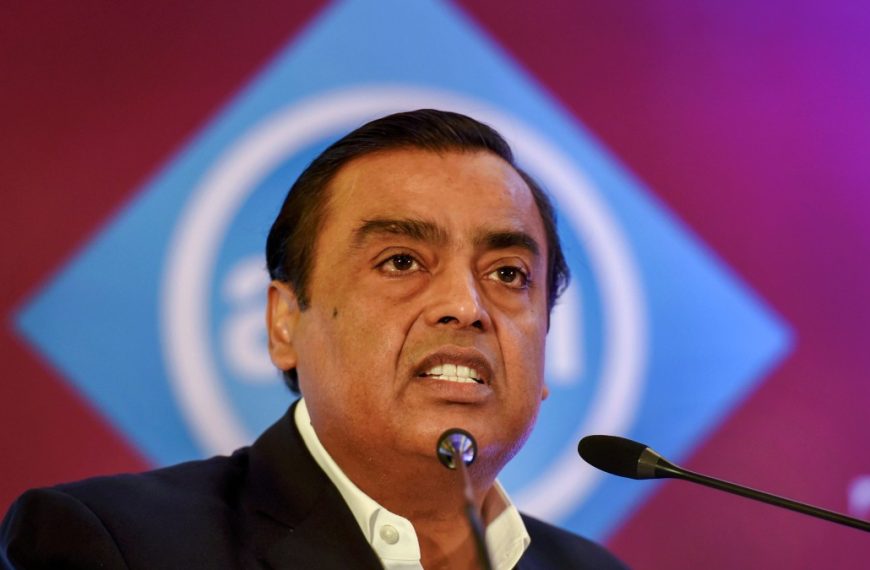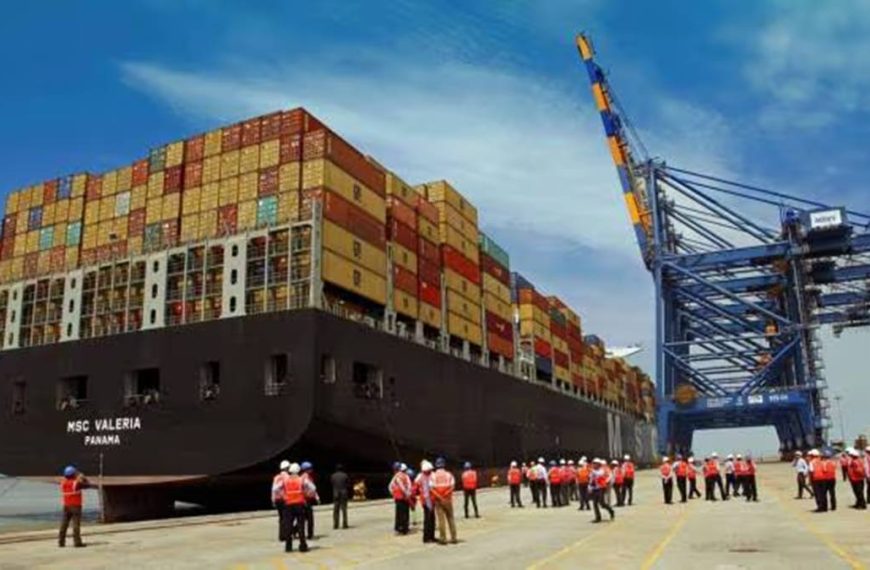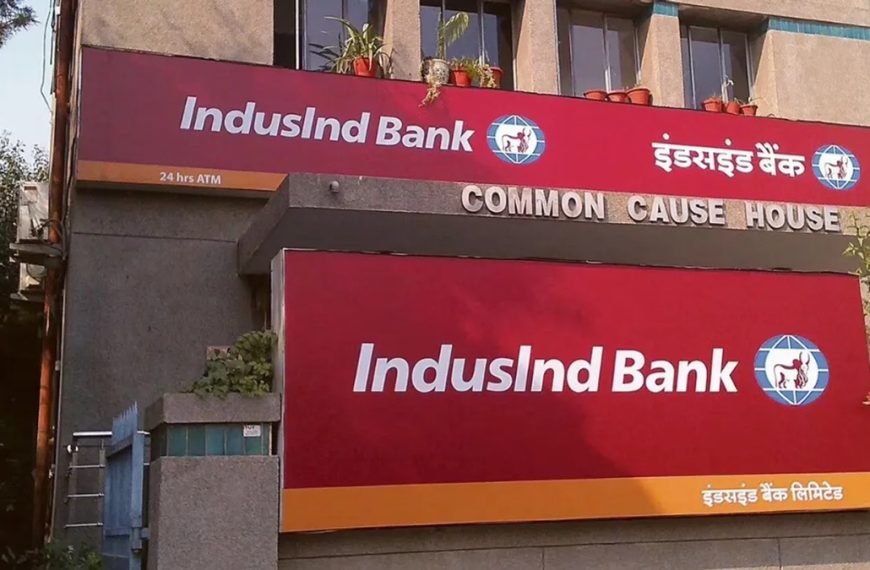The recent dip in demand for dine-in services has led many quick-service restaurant (QSR) chains to consider downsizing their locations. However, Westlife FoodWorld is choosing a different path, focusing on maintaining standard-sized outlets rather than shrinking them.
Strategic Outlet Expansion
According to CEO Akshay Jatia, downsizing by a few hundred square feet wouldn’t provide significant savings. In fact, he believes it could hinder dine-in growth opportunities that he sees as promising. Jatia emphasizes that McDonald’s is being crafted as a destination rather than just a fast-food stop, which he believes will give the company a strategic edge in a competitive market.
Westlife FoodWorld operates McDonald’s restaurants predominantly in western and southern India. Their locations typically span 2,800 to 3,200 square feet, significantly larger than the 1,300 to 1,400 square feet outlets of competitors like Burger King. Additionally, Westlife’s drive-through establishments can be as expansive as 22,000 square feet.
Focus on Drive-Through Strategy
Jatia shared plans to significantly enhance their drive-through operations, viewing this as a crucial competitive advantage. Under their ambitious Vision 2027, Westlife aims to expand its footprint by opening 630 outlets by 2027. Currently, the company operates about 580 restaurants and is optimistic about reaching this target.
To elevate customer experience, Westlife is committed to enhancing digital services in their eateries by increasing the number of self-ordering kiosks. However, Jatia points out that having adequate manpower is essential for the Indian market.
Importance of Human Interaction
“In fact, we require more staff as we continue to open new locations,” he noted. “Indians appreciate personal interaction, and we haven’t encountered any labor issues.” This focus on human engagement remains a cornerstone of their business model, despite the rise of automation.
As the trend of rapid food delivery gains traction, with many brands striving to cut delivery times to just 10-15 minutes, Westlife is taking a different approach. Jatia stated that they won’t engage in a race to undercut delivery times, as he believes that could lead to negative practices.
Customer Experience is Key
Instead, Westlife is prioritizing customer satisfaction, ensuring that their service quality remains high. As they continue to expand and adapt, their commitment to providing a welcoming dining experience will remain at the forefront of their strategy.
By embracing this customer-first philosophy, Westlife FoodWorld is poised to carve a unique niche in the bustling fast-food industry while staying true to its roots.











